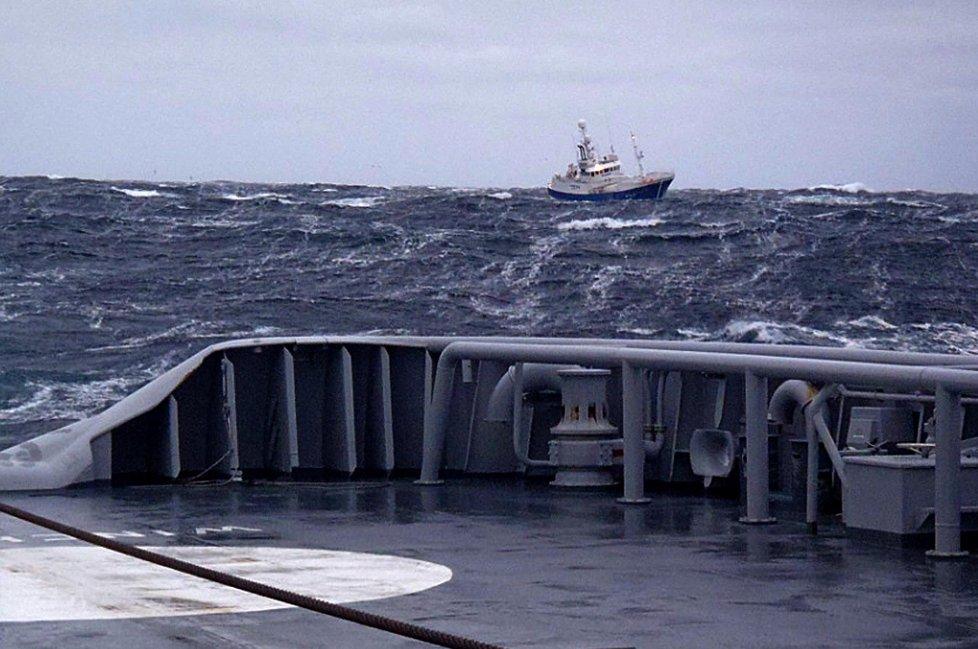On 31 March 2006, the Ministry of the Environment presented an integrated management plan for the Barents Sea–Lofoten area. In March 2011, an updated plan was presented that confirms the valuable and vulnerable status of the areas and species.
The management plan provides a framework for commercial and other activities in the area and a basis for a management regime designed to prevent pressures on ecosystems from exceeding sustainable levels. For this to be successful, natural resources and the environment need to be closely monitored.
A combination of surveys, monitoring programmes and research, including impact studies, is needed to achieve a better understanding of the patterns we identify, and to evaluate the vulnerability of species and areas and the stability of ecosystems.
Climate change and overfishing may result in considerable changes in species composition and ecosystem dynamics. It is particularly important to learn more about how resilient the Barents Sea is to such pressures, which may be either natural or the result of human activity. We also need to know more about areas that have been identified as particularly valuable, for example about processes in the marginal ice zone and the polar front.
One goal of the management plan is to ensure a monitoring system that is closely coordinated and can be expanded as needed. A group of representatives from all relevant institutions and sectors has been appointed to ensure that the monitoring is well coordinated.
